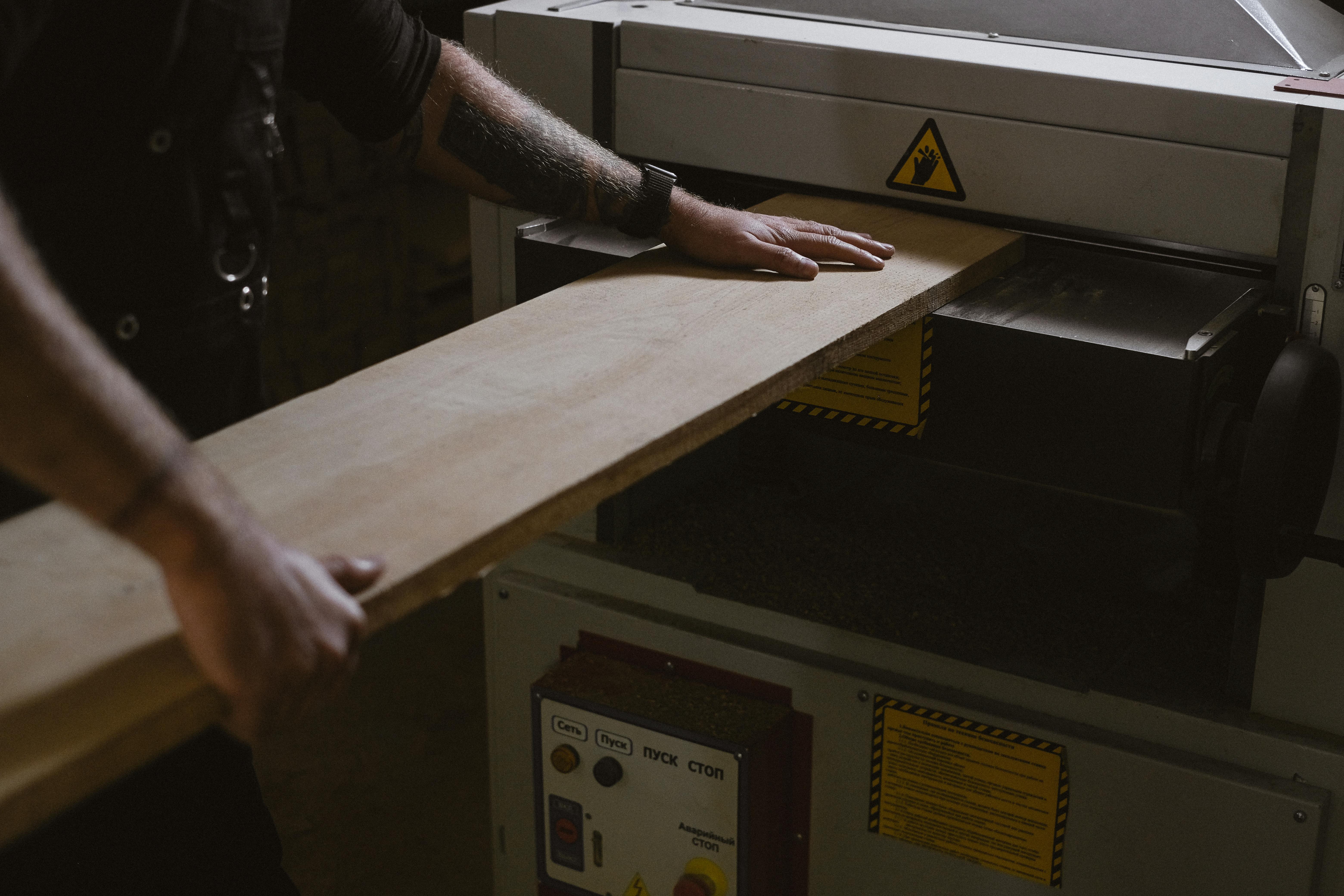Over the years, I’ve learned that the performance of a direct mail program depends on the chemistry of three elements (format, offer, and list) and whether or not you’ve designed the program with enough frequency and built-in follow-up triggers.
In this article, I am going to focus on the format.
Specifically, when is it best to send a postcard or letter format, and when should you use a more exclusive delivery method, such as US Priority Mail or FedEx. Here are some key tips for each format to help you create a successful direct mail campaign:
Postcards. This relatively inexpensive direct mail format is best used when your program goals are to: a) build brand awareness, b) extend a transactional offer (i.e., discount, giveaway), or c) drive prospects to your website to get more qualifications (to download an article, etc.). Due to very specific postal guidelines, space is limited, so your creativity and copy must be convincing and brief. Postage rates can be as low as .23/unit, so it’s best to choose postage when targeting a larger, less-qualified pool of prospects.
Standard postcard dimensions are: 4.25″ x 6″, 6″ x 8.5″, and 6″ x 11″. When planning your shipment, keep in mind that 4.25″ x 6″ is the largest size still within First Class Postage Rates, and all other sizes will be charged at higher Postage Rates.
Letters size #10. Letter mailings are best suited for marketing a) more complicated offers, b) long-term commitments (subscriptions, memberships), c) personal products, and d) high-end products or audiences. In fact, they should be used primarily when qualification has already been achieved and should only be used with care on cold lists (eg, they already attended a seminar or webinar of yours, downloaded something from your website, etc.). To improve your open rates, write addresses by hand. While they take longer to complete, handwritten addresses create a more personal connection with your contact and earn an open rate of nearly 100%.
Once opened, your letter has 2-4 seconds to capture the recipient’s attention. So tell them why you’re contacting them and how you can help them in the first few sentences of your letter; you won’t get another chance. Remember, most people are slow readers, so once you’ve caught their interest, break your copy into small, easy-to-digest paragraphs and use 12-point font or larger. Never end a page with a period, unless you want your reader to stop reading at that point. Finally, always include value-added content with your letter (ie case studies, articles, etc.).
US Priority Mail or FedEx packages. These campaigns can be very effective, but like the #10 size letter, only when you’ve already built awareness with the recipient through previous marketing programs. Remember that choosing to ship direct mail pieces with US Priority Mail or FedEx (or a similar service) guarantees a higher open rate, but can cost more than $3-4 per piece. Make sure it’s worth the cost by targeting only your most qualified prospects for this type of mailing. Next, create a compelling enclosure—one that clearly matches your offering to your audience and key marketing objective.
Please note that you do not need to send a gift or an odd-sized box to justify this expense. Many companies will simply send your brochure and a handwritten note via FedEx to ensure that their best prospects sit up and take notice once again.
Direct mail will always be one of the most compelling ways to prospect and, when done strategically, leads to high open rates and great leads.


